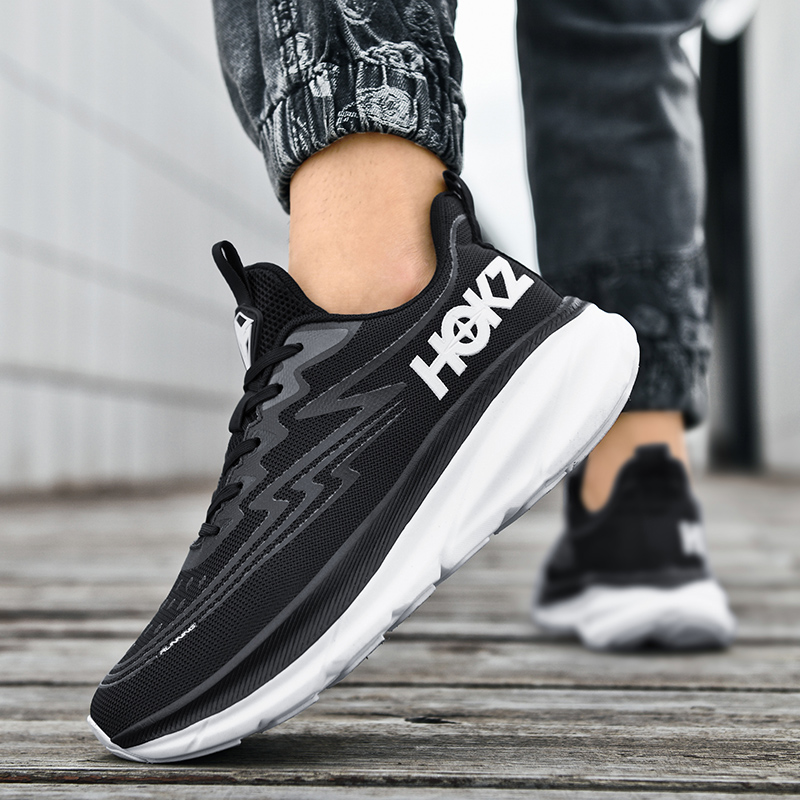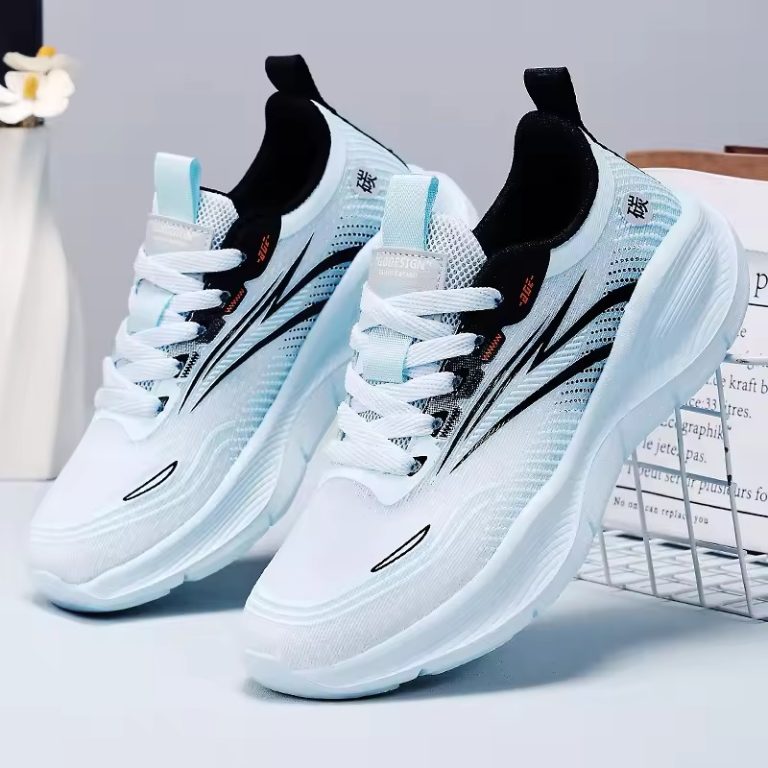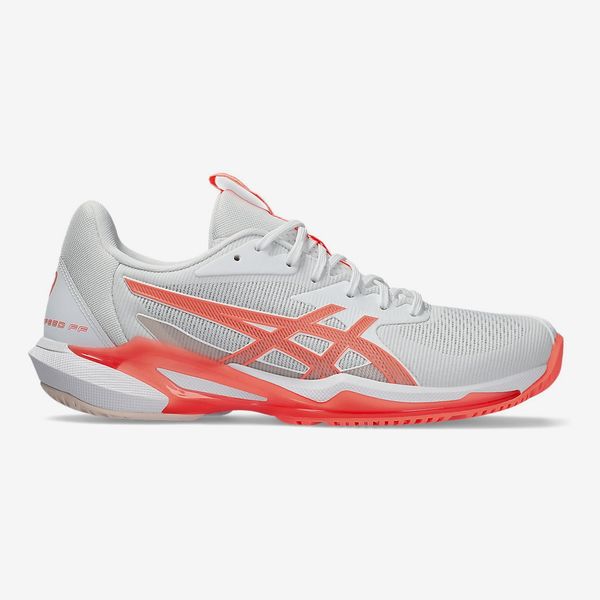The Importance of Proper Footwear for Flat Feet
Proper footwear is essential for people with flat feet. Wearing the wrong shoes can lead to pain and injury. Flat feet lack a normal arch, which changes how feet absorb impact. This can cause strain in your ankles, knees, and hips. The best tennis shoes for flat feet offer support in key areas. They help distribute weight evenly across your feet. This reduces stress on your lower body. Shoes with good arch support can prevent overpronation. This is when the foot rolls inward too much when walking. Overpronation can lead to plantar fasciitis and other foot issues.
Quality tennis shoes for flat feet also improve comfort. They can boost performance on the court. With the right shoes, players with flat feet can move quickly and with confidence. Finally, the right footwear prevents further foot problems. It offers better stability and reduces the risk of injuries. Choosing the best tennis shoes for flat feet is important for your health and your game.
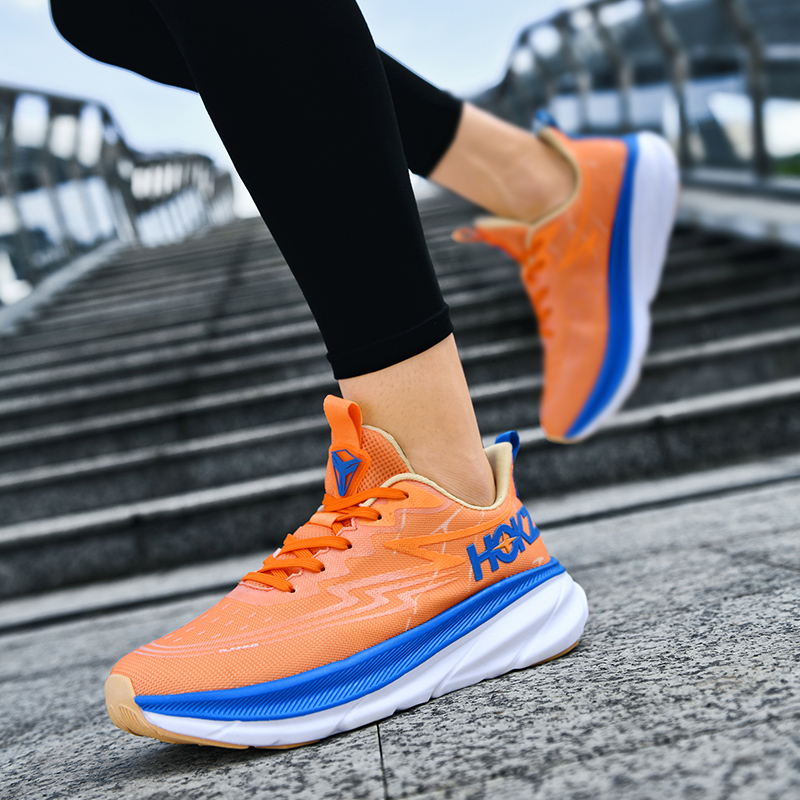
Key Features to Look for in Tennis Shoes for Flat Feet
When hunting for the best tennis shoes for flat feet, there are several key features to consider. These features ensure comfort and support for those who lack a normal arch.
Arch Support: Look for shoes that provide ample arch support. This helps to distribute pressure evenly across the foot, reducing strain.
Cushioning: Shoes with good cushioning absorb impact. This softens the blow on your heels and forefoot when you move.
Stability: A stable shoe limits overpronation by keeping your foot aligned. This can prevent injuries and improve your game performance.
Motion Control: Shoes designed for motion control help manage excessive foot movement. They are especially useful for flat-footed players.
Wide Toe Box: A roomy toe box allows your toes to spread naturally. This can be crucial for balance and comfort on the court.
Durable Outsoles: Look for outsoles that offer good grip and are wear-resistant. They contribute to the shoe’s longevity and your safety.
Breathable Material: Tennis shoes that breathe prevent moisture buildup. Keeping your feet dry is essential during long matches.
By focusing on these features, you can find tennis shoes that cater to the unique needs of flat feet. This will enhance your comfort and performance on the tennis court.
How to Identify if You Have Flat Feet
Identifying flat feet is crucial before buying tennis shoes. It ensures you get the support you need. To check if you have flat feet, follow these steps:
Wet Test: Perform a simple wet test at home. Wet your feet and stand on a surface that will show your footprint, like a concrete walkway or a brown paper bag. A flat footed person will see a print with little to no inward curve from the big toe to the heel.
Observation: Look at your feet while standing normally. If your arches collapse and the soles entirely touch the ground, you likely have flat feet.
Consult a Professional: A podiatrist can assess your foot’s shape. They analyze how you stand, walk, and run. This professional diagnosis is beneficial.
Check for Symptoms: You might experience symptoms like foot pain, especially in the arch or heel, and swelling along the inside of the ankle. These can indicate flat feet.
By identifying flat feet, you can focus on finding the best tennis shoes for flat feet. Such shoes will provide the necessary support and comfort for your needs.
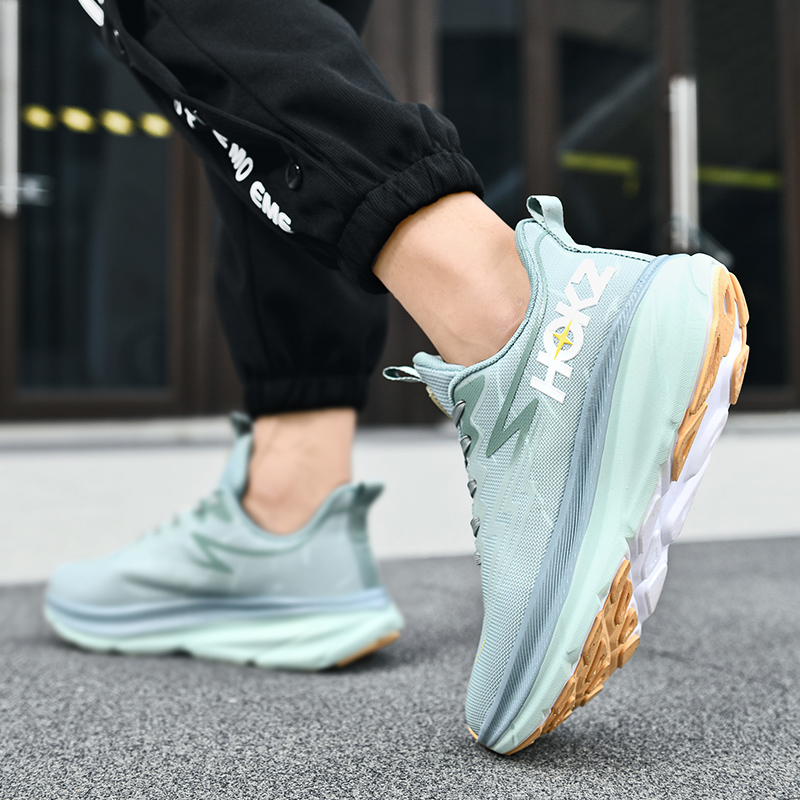
The Best Tennis Shoe Brands for Flat Feet in 2025
Finding the best tennis shoes for flat feet involves selecting the right brands. Some brands excel in providing features that support flat arches. Let’s explore these top-performing brands in 2025.
Nike: Nike continues to lead with innovative designs. Their shoes often feature excellent arch support and cushioning.
Asics: Known for their gel technology, Asics offers superior comfort and stability. They are great for flat-footed players.
Adidas: Adidas provides shoes with added motion control. They help keep feet in proper alignment during play.
New Balance: New Balance designs shoes with wide toe boxes. They cater well to those needing extra space.
Brooks: Brooks focuses on high-quality cushioning. Their shoes reduce impact on the court.
Saucony: Saucony has shoes that are specifically made for overpronation. They offer good motion control features.
Reebok: Reebok’s durable outsoles give you a better grip on the court. Their shoes provide good traction for flat feet.
These brands stand out for their commitment to quality and comfort for flat feet. By choosing from these, you ensure better performance and reduced risk of injury. Remember to look for key features like arch support, cushioning, stability, and durable outsoles in these brands. Doing so helps distribute weight evenly and offers the support flat feet need.
The Role of Orthotics and Insoles for Flat Feet Support
For people with flat feet, orthotics and insoles play a critical role. These products provide added support where shoes alone might not suffice. They enhance comfort and can improve how the foot distributes pressure. This section of the guide will explain their importance and how to select them.
Custom Orthotics: These are tailor-made for your feet. They match your foot’s contours precisely, offering unmatched support. A podiatrist usually prescribes them after a thorough examination of your feet.
Pre-made Insoles: These come in various sizes and designs. They can offer good support, especially if you select those designed for flat feet. They are more affordable than custom orthotics and can be found in many stores.
Arch Support: Both orthotics and insoles should provide proper arch support. This reduces the risk of overpronation and can alleviate pain.
Material Quality: High-quality materials ensure durability and continued support. Gel or memory foam are popular choices for their cushioning properties.
Compatibility: Make sure the orthotics or insoles fit well with your tennis shoes. They should not cause crowding or change how the shoe fits on your foot.
By incorporating the right orthotics or insoles into your tennis shoes, you can better manage flat feet. They help keep your feet stable during dynamic movements on the court. Remember to replace them periodically, as their supportive properties can wear out over time.
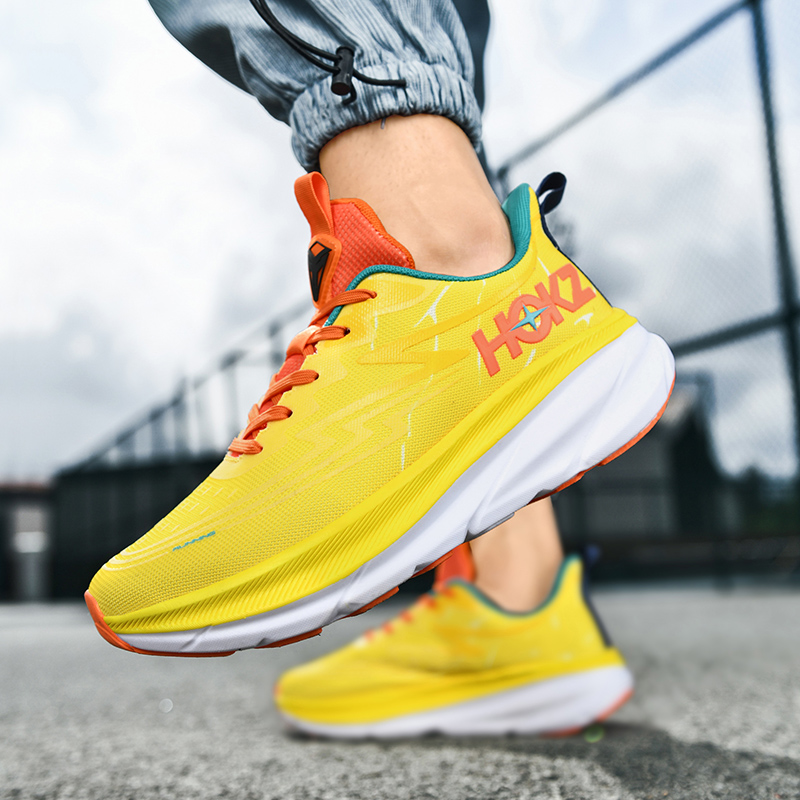
Top Reviewed Tennis Shoes for Flat Feet
In 2025, the search for the best tennis shoes for flat feet is aided by reviews. Consumers trust reviews to guide their choices. For flat-footed players, these top-reviewed shoes stand out:
Nike Air Zoom Structure: Nike’s offering is praised for its arch support. The Zoom cushioning provides a responsive feel underfoot.
Asics Gel-Kayano: This shoe is a favorite for its gel cushioning. It gives exceptional support and comfort for long matches.
Adidas Solar Glide: Reviews highlight its motion control. Players with flat feet find it keeps their feet stable.
New Balance Fresh Foam 860v11: The wide toe box in this shoe is a clear winner. It allows ample room for movement and balance.
Brooks Adrenaline GTS: Known for its cushioning, Brooks gets high marks. The shoe reduces impact, protecting against injury.
Saucony Guide ISO: This shoe is tailored for overpronation. It’s well-received for its motion control features.
Reebok Floatride: Its durable outsole is designed for longevity. It ensures a secure grip on the court as well.
Reviews for these shoes consistently mention their quality. They speak to comfort, stability, and support for flat feet. Buyers are advised to look at in-depth reviews. These help inform the best choices for individual needs. Make sure to test different options. Focus on arch support, cushioning, and stability in these reviews. This combination can enhance your tennis experience. Remember, the top reviews reflect shoes that cater to the flat-footed community.
Understanding the Latest Technology in Tennis Shoes for Flat Feet
As a professional blogger focusing on the best tennis shoes for flat feet, it is crucial to stay updated with the latest advancements in footwear technology. By 2025, several innovations have been introduced to enhance the comfort and support for people with flat feet. Here’s a look at the current technology trends in tennis shoes for this demographic.
Advanced Arch Support Systems: The latest tennis shoes now come with cutting-edge arch support technology. These systems are designed to adapt to the shape of your foot, providing tailored support where it’s needed most.
Improved Cushioning Materials: Brands are using new materials that offer better shock absorption. These materials, like upgraded gels or foams, ensure that every step is cushioned for maximum comfort.
Dynamic Motion Control: Tennis shoes have evolved to include more responsive motion control features. This allows for better foot alignment and assists in preventing overpronation while playing.
Enhanced Durability: With new lightweight yet sturdy materials, the longevity of tennis shoes has increased. This means players with flat feet can enjoy their favorite shoes for longer without compromising on stability or grip.
Smart Shoe Technologies: Some brands are incorporating smart sensors into their shoes. These sensors provide real-time feedback on your movements, allowing for adjustments that can prevent foot stress and injury.
By understanding these advancements, you can make an informed choice when selecting the best tennis shoes for flat feet. Look for shoes that incorporate these technologies to take advantage of the latest in comfort, support, and performance on the court.
Tips for Fitting and Breaking in New Tennis Shoes
When selecting the best tennis shoes for flat feet, proper fitting and breaking them in is as crucial as their design features. Here’s how to ensure a good fit:
Measure Your Feet: Feet can change in size, so measure them every time you buy new shoes. Do it in the afternoon when feet are at their largest.
Check the Fit: When trying on tennis shoes, wear the socks you’ll play in. Make sure there’s a thumb’s width of space in the toe box.
Walk Around: Spend time walking in the shoes within the store. This will give you a feel for any discomfort or tight spots.
Lateral Movement Test: Perform some lateral movements if possible. Tennis requires side-to-side motion, so shoes should be comfortable during these movements.
Gradual Break-In: Start by wearing the new shoes for short periods. Gradually increase the time as they conform to your feet.
Listen to Your Feet: If you feel persistent discomfort, the shoes might not be the right fit. It’s better to find another pair than to endure discomfort.
Use of Orthotics: If you use insoles or custom orthotics, bring them when fitting new shoes. They can alter the fit and comfort significantly.
Break-in Tips:
Softening the Material: Some shoes might feel stiff at first. Wear them around the house to soften them up before hitting the court.
Bend and Twist: Gently bend and twist the shoes with your hands. This can help make the midsole more flexible.
Moisture is a No-Go: Keep your shoes dry, as moisture can damage the materials and affect the fit.
By following these fitting and breaking in tips, you can enjoy your game without the woes of ill-fitting shoes. Always look for comfort, support, and stability while choosing the best tennis shoes for flat feet in 2025.
